Dacia Spring vs Renault Captur - Differences and prices compared
Costs and Efficiency:
Price and efficiency are often the first things buyers look at. Here it becomes clear which model has the long-term edge – whether at the pump, the plug, or in purchase price.
Dacia Spring has a clearly advantage in terms of price – it starts at 14500 £, while the Renault Captur costs 21100 £. That’s a price difference of around 6643 £.
Engine and Performance:
Power, torque and acceleration say a lot about how a car feels on the road. This is where you see which model delivers more driving dynamics.
When it comes to engine power, the Renault Captur has a decisively edge – offering 143 HP compared to 65 HP. That’s roughly 78 HP more horsepower.
In acceleration from 0 to 100 km/h, the Renault Captur is clearly quicker – completing the sprint in 8.90 s, while the Dacia Spring takes 13.70 s. That’s about 4.80 s faster.
In terms of top speed, the Renault Captur performs evident better – reaching 180 km/h, while the Dacia Spring tops out at 125 km/h. The difference is around 55 km/h.
There’s also a difference in torque: Renault Captur pulls significantly stronger with 265 Nm compared to 125 Nm. That’s about 140 Nm difference.
Space and Everyday Use:
Beyond pure performance, interior space and usability matter most in daily life. This is where you see which car is more practical and versatile.
Seats: Renault Captur offers somewhat more seating capacity – 5 vs 4.
In curb weight, Dacia Spring is noticeable lighter – 1013 kg compared to 1323 kg. The difference is around 310 kg.
In terms of boot space, the Renault Captur offers clearly perceptible more room – 422 L compared to 308 L. That’s a difference of about 114 L.
In maximum load capacity, the Renault Captur performs evident better – up to 1363 L, which is about 359 L more than the Dacia Spring.
When it comes to payload, Renault Captur clearly perceptible takes the win – 453 kg compared to 302 kg. That’s a difference of about 151 kg.
Who wins the race?
The Renault Captur proves to be dominates this comparison and therefore becomes our DriveDuel Champion!
Renault Captur is the better all-rounder in this comparison.
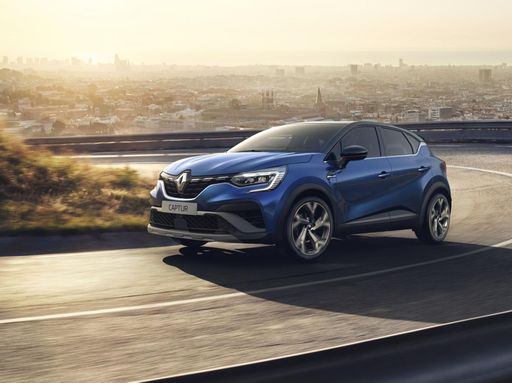 @ Renault Group Media
@ Renault Group Media
Renault Captur
Costs and Consumption
View detailed analysis
Engine and Performance
View detailed analysis
Dimensions and Body
View detailed analysis
Dacia Spring
The Dacia Spring is an unpretentious city electric that strips EV ownership down to the essentials, offering clean, fuss-free transport for daily urban life. It won't impress luxury-seekers, but its cheerful practicality and rock-bottom running costs make it a clever, no-nonsense choice for anyone who wants electric mobility without the drama.
details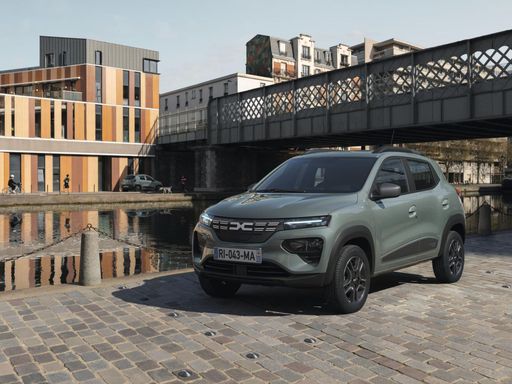 @ Dacia / Renault Group Media
@ Dacia / Renault Group Media
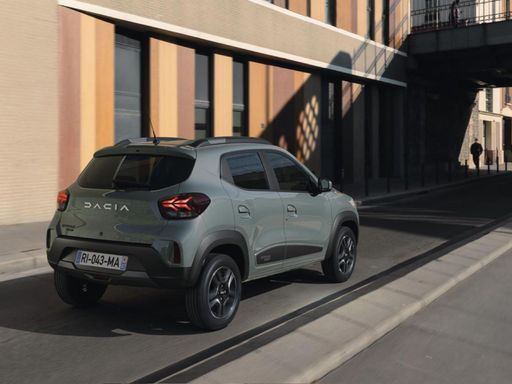 @ Dacia / Renault Group Media
@ Dacia / Renault Group Media
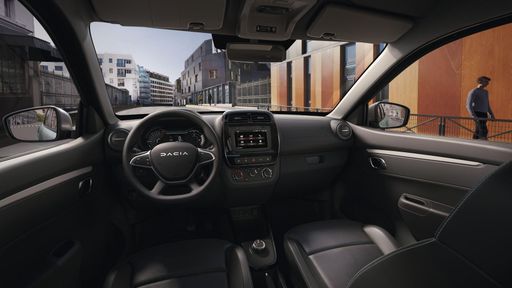 @ Dacia / Renault Group Media
@ Dacia / Renault Group Media
Renault Captur
The Renault Captur is a cheeky little crossover that pairs city-friendly agility with a roomy, well-thought-out cabin and enough style to turn heads at the lights. It’s a sensible choice for buyers who want practical versatility and a dash of personality on their daily drives, without taking itself too seriously.
details @ Renault Group Media
@ Renault Group Media
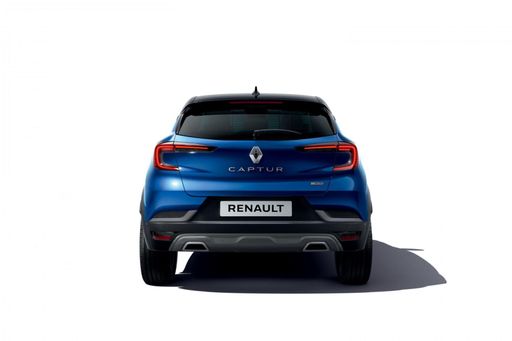 @ Renault Group Media
@ Renault Group Media
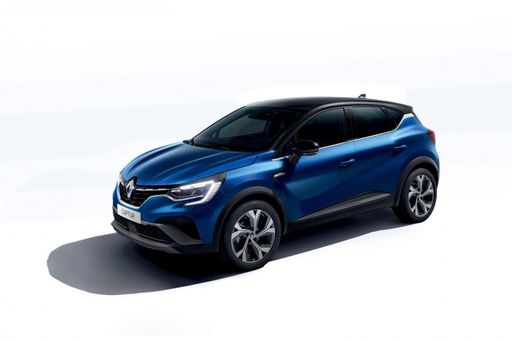 @ Renault Group Media
@ Renault Group Media
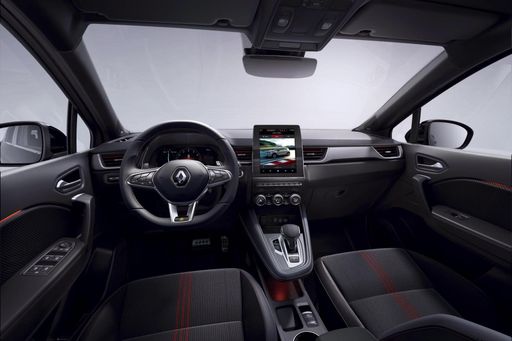 @ Renault Group Media
@ Renault Group Media
 @ Dacia / Renault Group Media
@ Dacia / Renault Group Media
|
 @ Renault Group Media
@ Renault Group Media
|
|
|
|
Costs and Consumption |
|
|---|---|
|
Price
14500 - 17100 £
|
Price
21100 - 28300 £
|
|
Consumption L/100km
-
|
Consumption L/100km
4.5 - 6 L
|
|
Consumption kWh/100km
13.2 - 14.1 kWh
|
Consumption kWh/100km
-
|
|
Electric Range
225 - 228 km
|
Electric Range
-
|
|
Battery Capacity
26.80 kWh
|
Battery Capacity
-
|
|
co2
0 g/km
|
co2
102 - 137 g/km
|
|
Fuel tank capacity
-
|
Fuel tank capacity
48 L
|
Dimensions and Body |
|
|---|---|
|
Body Type
SUV
|
Body Type
SUV
|
|
Seats
4
|
Seats
5
|
|
Doors
5
|
Doors
5
|
|
Curb weight
1013 - 1050 kg
|
Curb weight
1323 - 1514 kg
|
|
Trunk capacity
308 L
|
Trunk capacity
326 - 422 L
|
|
Length
3701 mm
|
Length
4239 mm
|
|
Width
1583 mm
|
Width
1797 mm
|
|
Height
1519 mm
|
Height
1575 mm
|
|
Max trunk capacity
1004 L
|
Max trunk capacity
1276 - 1363 L
|
|
Payload
265 - 302 kg
|
Payload
376 - 453 kg
|
Engine and Performance |
|
|---|---|
|
Engine Type
Electric
|
Engine Type
Full Hybrid, Petrol, Petrol MHEV
|
|
Transmission
Automatic
|
Transmission
Automatic, Manuel
|
|
Transmission Detail
Reduction Gearbox
|
Transmission Detail
Automatic Gearbox, Manual Gearbox, Dual-Clutch Automatic
|
|
Drive Type
Front-Wheel Drive
|
Drive Type
Front-Wheel Drive
|
|
Power HP
44 - 65 HP
|
Power HP
115 - 143 HP
|
|
Acceleration 0-100km/h
13.7 - 19.1 s
|
Acceleration 0-100km/h
8.9 - 12.3 s
|
|
Max Speed
125 km/h
|
Max Speed
180 km/h
|
|
Torque
113 - 125 Nm
|
Torque
160 - 265 Nm
|
|
Number of Cylinders
-
|
Number of Cylinders
3 - 4
|
|
Power kW
33 - 48 kW
|
Power kW
84 - 116 kW
|
|
Engine capacity
-
|
Engine capacity
1199 - 1789 cm3
|
General |
|
|---|---|
|
Model Year
2024
|
Model Year
2025
|
|
CO2 Efficiency Class
A
|
CO2 Efficiency Class
C, D, E
|
|
Brand
Dacia
|
Brand
Renault
|
What drive types are available for the Dacia Spring?
The Dacia Spring is available as Front-Wheel Drive.
The prices and data displayed are estimates based on German list prices and may vary by country. This information is not legally binding.
